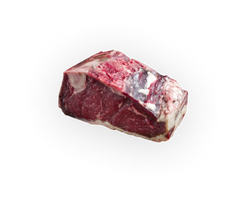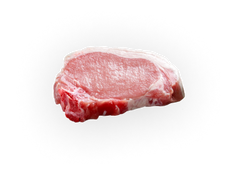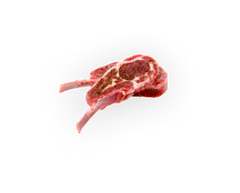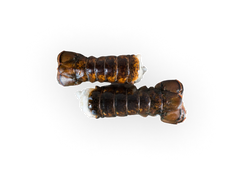Bison has nourished Indigenous communities for millennia and remains a symbol of resilience, sustainability, and tradition. In recent years, bison has experienced a resurgence in popularity, re-emerging as a staple on Canadian menus thanks to its rich flavour, impressive nutrition, and deep cultural roots.
A Deep Connection to the Land and Indigenous Traditions
Long before Canada was a nation, bison roamed the Great Plains in the millions. For First Nations peoples such as the Cree, Blackfoot, and Métis, the bison (often called buffalo) was central to life. Every part of the animal was used — meat for nourishment, hides for clothing and shelter, bones for tools, and sinew for thread. The bison was not just a food source; it was a sacred symbol of abundance, respect, and balance with nature.
Traditional preparation methods like drying and smoking helped preserve bison meat for winter months or long journeys. Pemmican, a nutrient-rich mixture of dried bison, berries, and fat, was one of the earliest examples of portable protein and remains a powerful symbol of Indigenous culinary ingenuity.
The Decline and Revival of the Bison
By the late 1800s, bison populations were decimated by overhunting and colonial expansion. From millions, the population dropped to just a few hundred. The near-extinction of the bison wasn’t just an ecological disaster — it was a cultural and nutritional crisis for Indigenous peoples.
Thankfully, conservation efforts in the 20th century, led by both Indigenous and non-Indigenous groups, helped bring bison back from the brink. Today, there are thriving bison herds in national parks such as Elk Island in Alberta and Grasslands National Park in Saskatchewan. Additionally, Canadian farmers and ranchers have embraced bison farming as a sustainable and ethical way to reconnect with our country’s roots.
Bison on the Canadian Table Today
In modern Canadian kitchens, bison is enjoying a well-earned culinary comeback. Whether grilled, roasted, ground into burgers, or served in gourmet dishes, bison offers a bold and distinctly Canadian taste experience.
Chefs across the country are incorporating bison into their menus, celebrating its lean, slightly sweet flavour and its versatility. From bison carpaccio in upscale Toronto restaurants to hearty bison chili at prairie diners, this meat is finding new fans in every province.
Popular Bison Dishes in Canada
-
Bison Burgers: A leaner alternative to beef burgers, with a richer flavour.
-
Bison Ribeye: Perfect for grilling or pan-searing, offering a tender and luxurious cut.
-
Bison Stew: A hearty comfort food ideal for long winters.
-
Bison Meatballs: Flavourful, high-protein options for everyday meals.
-
Smoked Bison Jerky: A modern take on traditional dried meats.
Why Bison Is a Healthy Choice
Beyond its cultural and culinary appeal, bison is also one of the healthiest red meats available. It’s naturally leaner than beef, lower in cholesterol, and packed with essential nutrients. Here’s a quick look at what makes bison a smart choice:
-
High in Protein: Bison is an excellent source of complete protein, vital for muscle repair and growth.
-
Low in Fat: On average, bison contains 25-30% less fat than beef.
-
Rich in Iron: Supports healthy blood and energy levels.
-
High in B12 and Zinc: Crucial for immune function and metabolism.
-
Omega-3 Fatty Acids: Especially in grass-fed bison, contributing to heart health.
For health-conscious Canadians looking for clean, nutrient-dense protein options, bison is a delicious and sustainable choice.
Sustainable and Ethical Farming Practices
Bison farming in Canada adheres to ethical, low-impact principles. Most bison are pasture-raised and grass-fed, aligning with regenerative agriculture practices that support biodiversity and soil health. Bison herds often roam large pastures, mimicking their natural grazing behaviour.
Since bison have not been subjected to the same industrial farming systems as other livestock, their meat is often free from antibiotics, hormones, and artificial additives. For consumers seeking natural, responsibly raised meat, Canadian bison is a standout.
Supporting local bison producers not only helps preserve this culinary heritage but also supports rural economies across Canada.
Cooking Tips for Bison
Because bison is leaner than beef, it cooks a bit differently. To ensure the best flavour and texture, follow these simple tips:
-
Cook Low and Slow: For roasts and stews, slow cooking keeps the meat tender and juicy.
-
Avoid Overcooking: For steaks or burgers, aim for medium-rare to medium. Overcooking can lead to dryness.
-
Use Moisture-Retaining Techniques: Marinating or cooking with broths and sauces helps preserve moisture.
-
Rest the Meat: After cooking, let the meat rest for a few minutes to allow juices to redistribute.










